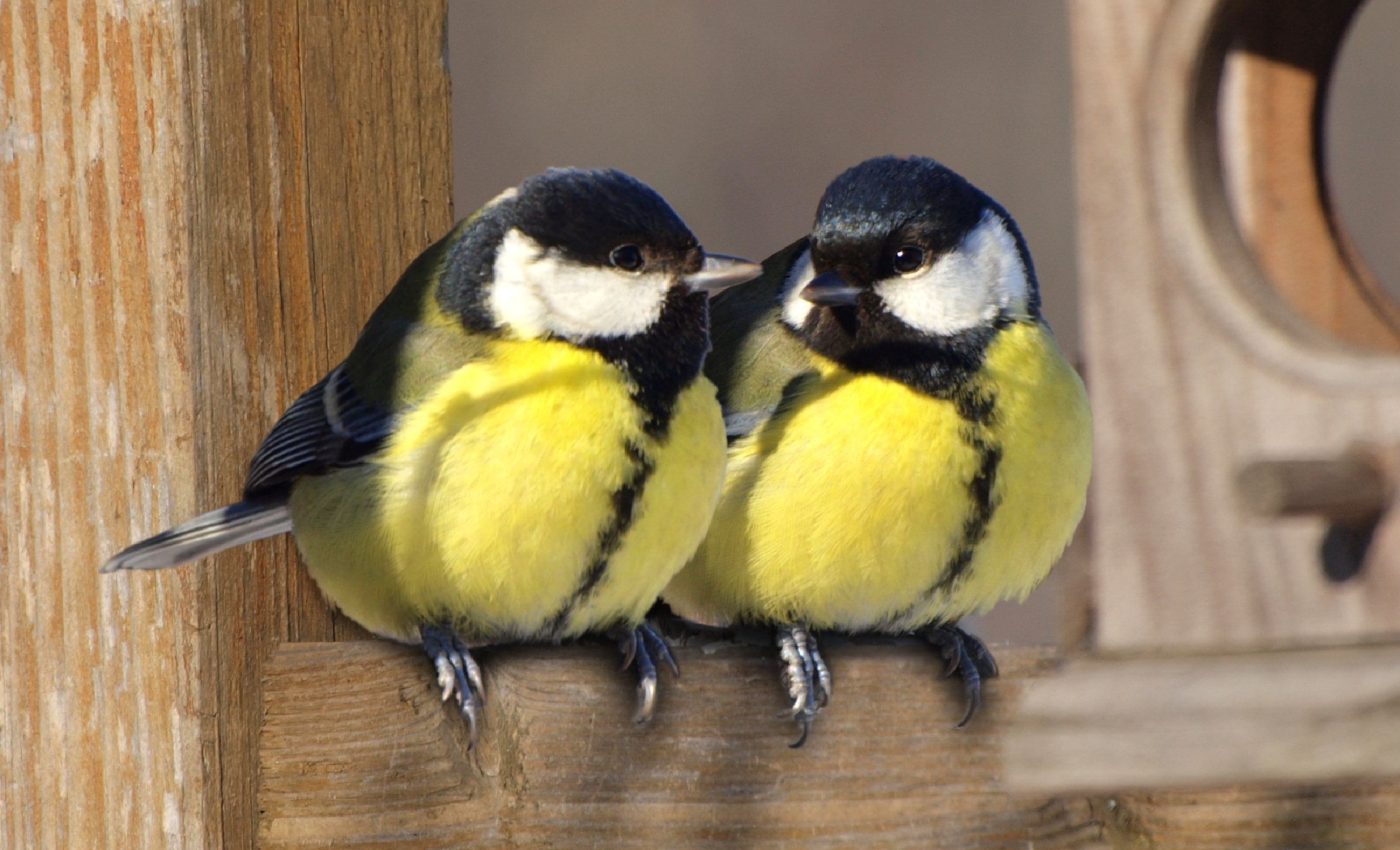
Birds show signs of divorce before the breeding season
In the natural world, social bonds often determine the success and survival of species. Animals form partnerships, friendships, and alliances that can influence every aspect of their lives, from reproduction to foraging success.
Among monogamous birds, these social bonds are particularly significant because a single partner is chosen at a time. Selecting and maintaining the right mate can directly affect reproductive outcomes.
A new study by the University of Oxford and University of Leeds has revealed that wild great tits display behavioral signs of “divorce” well before birds breeding season. The research shows that social behaviors during winter can predict whether pairs will remain together or split up in the spring.
Great tits form monogamous bonds, and their choice of partner plays a crucial role in reproductive success. Previous research examined why some pairs remain together while others separate, but it was unclear whether winter social behavior could predict future splits.
How the study was done
The team analyzed data from the Wytham Woods great tit project, one of the longest-running wild bird studies.
The researchers monitored breeding pairs and used advanced radio-frequency identification (RFID) technology at feeding stations during the winter months. This allowed them to gather detailed data on social associations between individuals.
Out of 1,169 breeding pairs observed over three years, 287 met the criteria for analysis. This smaller number was expected due to natural mortality and the possibility of immigration in the wild population.
Which bird pairs divorced
Pairs were classified as faithful, divorcing, new, or juvenile based on their breeding history. The data revealed that divorcing pairs spent much less time together in winter than faithful pairs.
Faithful pairs increasingly associated with each other as the season progressed, while divorcing pairs grew more distant.
“Our results show that bird relationships are far from static. We found a clear behavioral signature in the winter months that can forecast a pair’s likelihood of divorcing by spring. Divorce appears to be a socially driven process, unfolding over time,” noted lead researcher Adelaide Daisy Abraham.
Winter signs of future bird divorces
Faithful pairs consistently had the highest winter association scores, while divorcing pairs had the lowest. Birds in new or juvenile pairs showed patterns that shifted over time.
New pairs started with low association scores but became more similar to faithful pairs as the season continued. Juvenile pairs, meanwhile, increased their association scores but followed different patterns, reflecting their inexperience.
Preferred partner analysis highlighted another divide: divorcing birds almost never considered their breeding partner as their closest social associate during winter.
Faithful birds, by contrast, strengthened bonds with their partner, often making them their preferred social companion.
Feeder visits showed bond strength
The study also examined how closely birds followed each other to feeders. Faithful, new, and juvenile pairs frequently visited feeders immediately after their partner, suggesting closer bonds.
Divorcing bird pairs displayed far less of this behavior, with their visit adjacency declining as winter progressed.
“This work is an important step towards uncovering the social mechanics behind pair bonding and fidelity in the wild. Our study has revealed that it is possible to use behavioral dynamics in wild animal pairs to predict future social states, such as divorce,” noted Professor Ben Sheldon.
Why the findings matter
The findings suggest that information gained during the breeding season influences winter social associations almost immediately. This continuity across seasons could help explain how social decisions and reproductive success are linked.
“Following these individual birds across seasons and over many years allows us to see how relationships form and break down in nature in a way that short-term studies wouldn’t,” said study senior author Dr Josh Firth.
“Going forward, carrying out new experiments in the wild will provide even more opportunities to really understand the fine-scale dynamics of bonding and separation in natural settings.”
The analysis not only clarifies the dynamics of birds divorce but also opens doors for research into how social networks and relationship choices affect survival and reproduction across animal species.
The study is published in the journal Proceedings of the Royal Society B Biological Sciences.
—–
Like what you read? Subscribe to our newsletter for engaging articles, exclusive content, and the latest updates.
Check us out on EarthSnap, a free app brought to you by Eric Ralls and Earth.com.
—–













